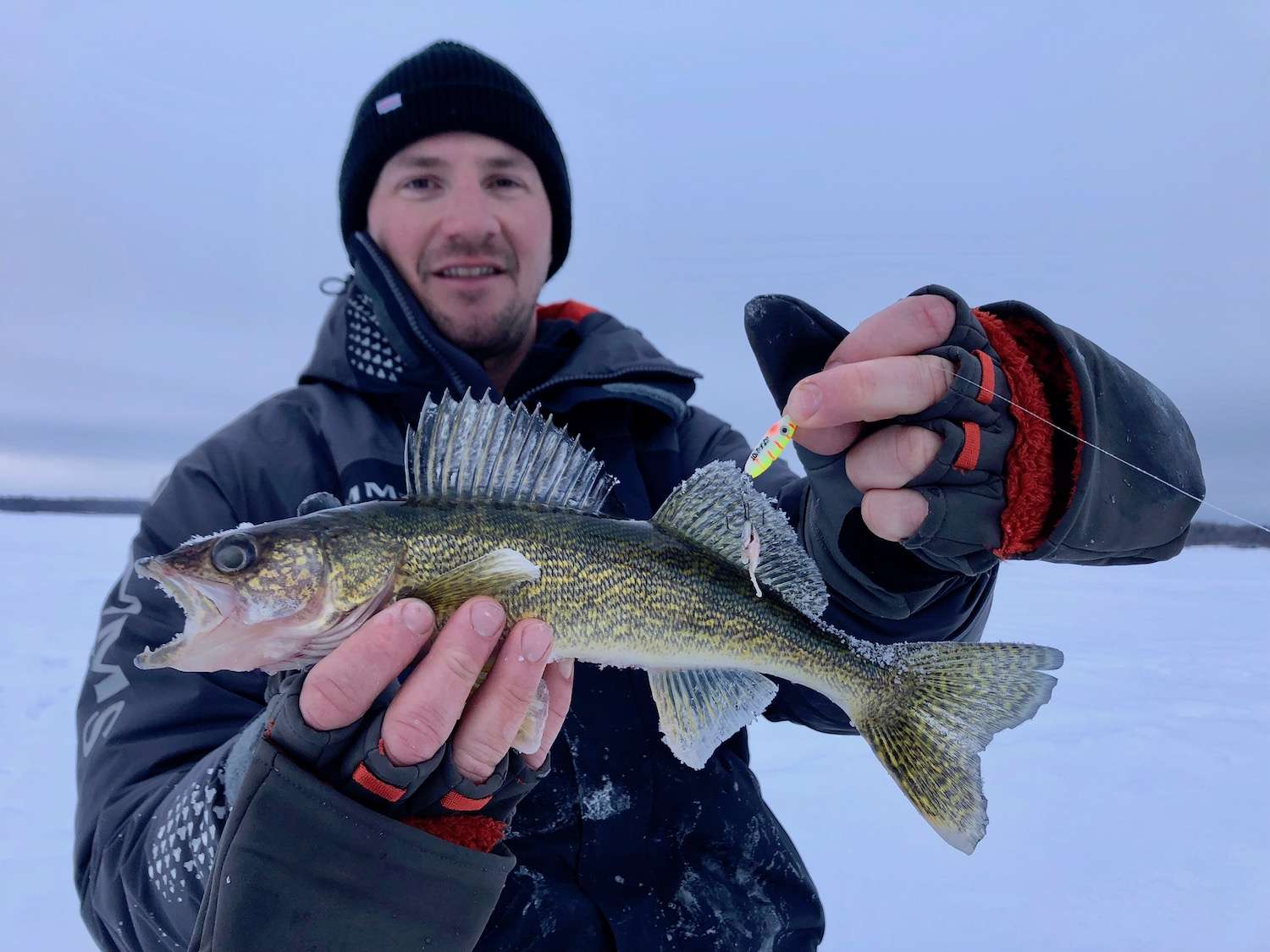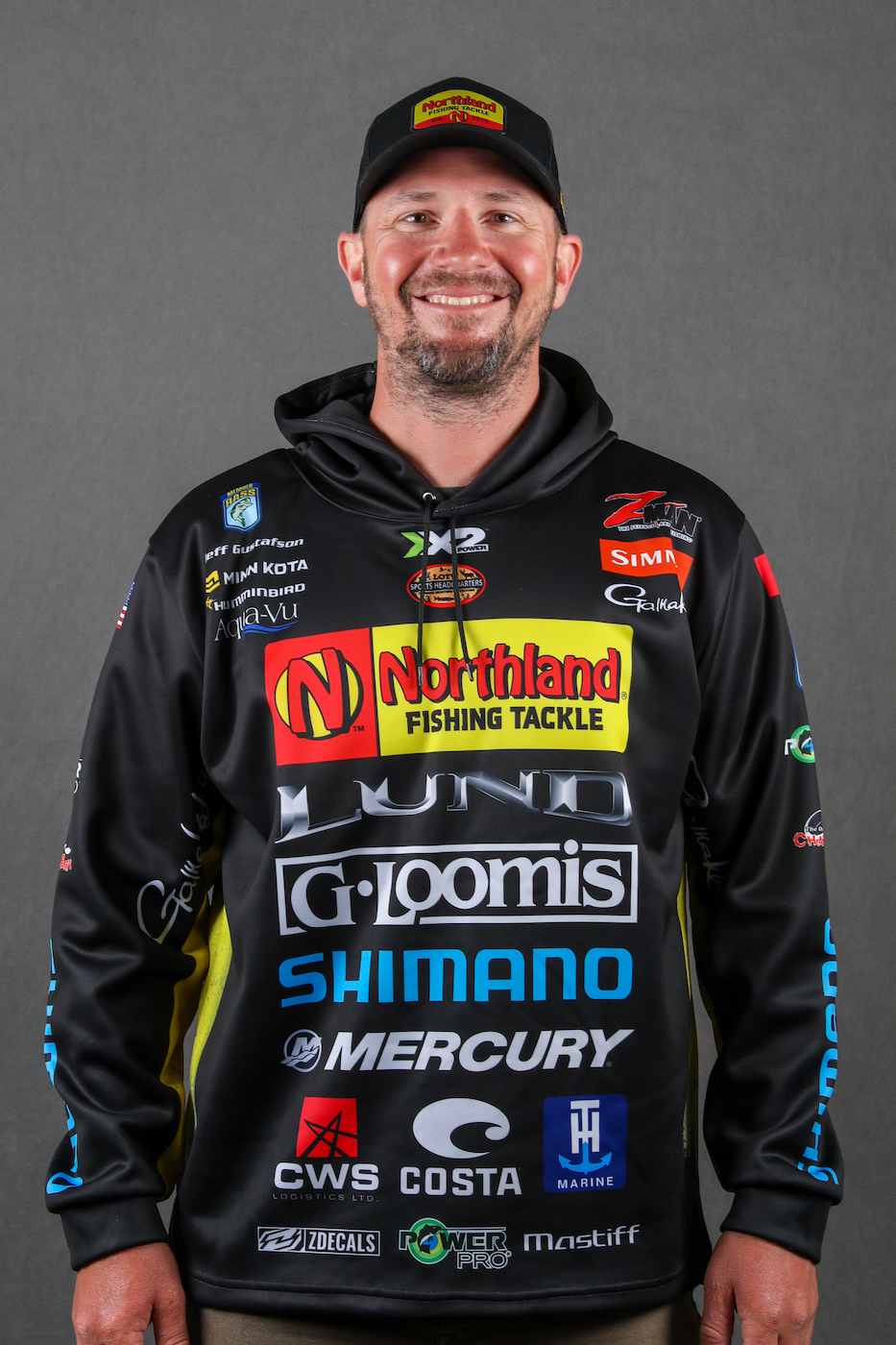
I get a kick out of watching the Weather Channel in the winter months when I’m down south and they show the temperature in International Falls, Minn., because it’s usually the coldest spot in the continental United States. It’s funny because I live about two hours north of this border town on the Minnesota/Ontario border in Kenora, Ontario.
I get asked all the time, “How can you live up there?” What bass angler would want to live in a place where the lakes are all completely frozen over for six months of the year. While it’s short, our summer weather is perfect, and the fishing throughout the open-water season is phenomenal just about every day. While we suffer a long winter, the summer makes up for it, and there is no place I’d rather live.
Fortunately for me, I get to travel south every year sometime in January to start a new fishing season. Getting to head south to fish breaks up the winter pretty nicely. Before the season starts and in between tournaments the way that I stay warmed up for fishing is by dropping a line through a hole in the ice. We always use a flasher to watch our baits as we fish, and that has given me a lot of experience and confidence for fishing vertically in the boat for bass.
Many of my pals from the South can’t comprehend why a sane person would sit out in the freezing cold and drill a hole in the ice to fish, but it’s part of the winter culture in the northern U.S. and Canada. I live around the Lake of the Woods area where we have some of the best ice fishing opportunities in the world. When we go, we expect to catch a bunch of fish – and we usually we do.
Walleyes are the most popular fish to chase under the ice, because we have good numbers of them and they are probably the best eating fish in freshwater. In addition to walleyes, we have excellent fishing for lake trout, crappie, pike and perch. It may seem hard to believe, but fishing for all of these different species has helped me become a better bass angler.
I mentioned it earlier but we always use a flasher when we fish so we are able to watch fish when they approach our baits and how they interact with our baits based on our jigging actions. The thing about fishing for all of these different species is that they require all types of different methods to catch them, ranging from using tiny finesse baits to large spoons and soft plastics.
Using my electronics to fish vertically in deep water will be my predominant pattern when we visit Lake Lanier in February for the second stop on the Bassmaster Elite Series, and you can bet I’ll be ready to go thanks to my time on the ice in December and January.

